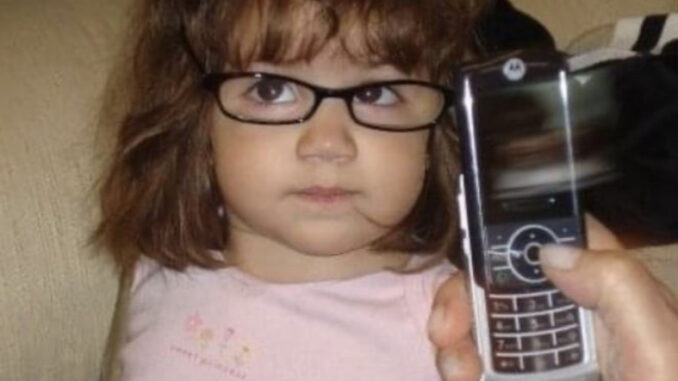
The now long gone recycling program has sent a message through the school that has begun to reflect in the school atmosphere. That is that there’s no care or concern for the environment if people aren’t getting paid or given the volunteer hours to do it.
The time it has taken to implement and quickly get rid of the recycling program could have easily saved thousands of sheets of paper. The journalism program specifically knows all too well what it means to use up hundreds of sheets of paper a day. Rough copies, edits, design pages, event information and photos all cycle through the printers of the classroom before they inevitably get tossed by the pound.
When the school had a recycling program, the intervention and special ed wing of the school were the ones to go around collecting bins from classrooms and getting them ready to go to the recycling business. As small of a decision it may seem, the choice to recycle might give people more of an incentive to waste less, or care just a little bit more about where their trash is going.
Oceans, landfills, creeks, rivers, forests, wetlands and deep in the sand are where Americans bury their trash and not enough people are willing to poke their heads out of it to see the real problem. Not to say that one school’s very small recycling program is what’s going to save the world’s environmental problems, but it could just be the proof needed to show that people still care, even if just a little bit.
I see the stacks of paper carried around rooms and by the end of the year we dump hundreds of then meaningless work into the trash. Oftentimes, I feel like the only one who feels just a little guilty when I dump it in.
I will say though that with the lack of a strong recycling infrastructure in the United States, people will continue to rely on the fact that they don’t need to worry about where their waste is going.
The company the school was using went out of business and alternative options that school officials looked into were expected to charge a lot more than what the building could handle. Custodians also couldn’t keep up with the weight of paper/plastic goods and the school decided it’d be best to cut it off.
However, these obstacles shouldn’t keep students from trying. With the resources available to help schools start a recycling program, such as grants, partnerships and even student-led initiatives, students could make changes in the upcoming school year.
I genuinely believe that by bringing this program back it would be easier to invest more time and attention to things like the Environmental Club and bring awareness to people’s carbon footprint in small ways throughout many of the school’s after school activities. Honestly, if it takes offering up hours or a convincing contribution on a college application to get people interested, there could definitely be ways to work with it in upcoming years.
For the idea to work, the school needs to have the support and involvement of not only the student body but also the teachers and staff. Participation is key and I think we’d need more than just an appreciative nod to the concept. Students need action. This could be the beginning of new student initiatives in the school. By doing this, it could instill a new sense of responsibility and consciousness to the students, and it has grown increasingly prevalent that school’s have a responsibility to educate on ways people can help, even just starting small with something like this.


